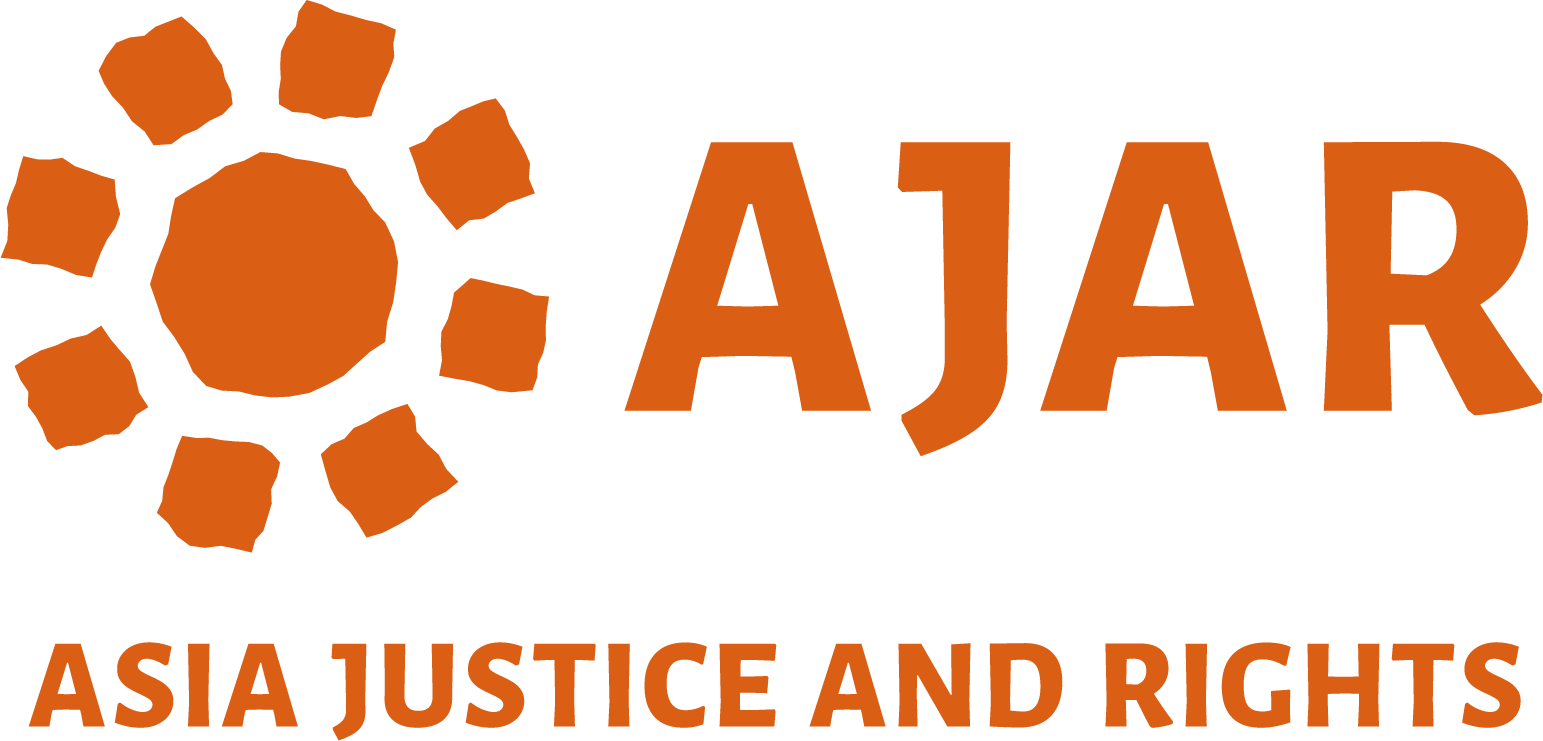
The Declaration on the Elimination of Violence against Women that was proclaimed by General Assembly resolution 48/104 of 20 December 1993 developed key concepts about violence against women.
The term “violence against women” means any act of gender-based violence that results in, or is likely to result in, physical, sexual or psychological harm or suffering to women, including threats of such acts, coercion or arbitrary deprivation of liberty, whether occurring in public or in private life.
Violence against women is understood to encompass, but not be limited to, the following:
(a) Physical, sexual and psychological violence occurring in the family, including battering, sexual abuse of female children in the household, dowry-related violence, marital rape, female genital mutilation and other traditional practices harmful to women, non-spousal violence and violence related to exploitation.
(b) Physical, sexual and psychological violence occurring within the general community, including rape, sexual abuse, sexual harassment and intimidation at work, in educational institutions and elsewhere, trafficking in women and forced prostitution.
(c) Physical, sexual and psychological violence perpetrated or condoned by the State, wherever it occurs.
International Criminal Court
Over the past few decades, the international community has taken progressive steps to put an end to impunity for sexual and gender-based crimes. The Statute of the ICC is the first international instrument expressly to include various forms of sexual and gender-based crimes — including rape, sexual slavery, enforced prostitution, forced pregnancy, enforced sterilisation, and other forms of sexual violence — as underlying acts of both crimes against humanity and war crimes committed in international and non-international armed conflicts.
The Statute also criminalises persecution based on gender as a crime against humanity. Sexual and gender-based crimes may also fall under the Court’s jurisdiction if they constitute acts of genocide or other acts of crimes against humanity or war crimes. The Rules of Procedure and Evidence (“Rules”) and the Elements consolidate important procedural and evidentiary advancements to protect the interests of victims and enhance the effectiveness of the work of the Court.
The International Criminal Court also provides some key definitions:
Gender-based crimes: are those committed against persons, whether male or female, because of their sex and/or socially constructed gender roles. Gender-based crimes are not always manifested as a form of sexual violence. They may include non-sexual attacks on women and girls, and men and boys, because of their gender.
Sexual crimes: that fall under the subject-matter jurisdiction of the ICC are listed under articles 7(1)(g), 8(2)(b)(xxii), and 8(2)(e)(vi) of the Statute, and described in the Elements of Crimes (“Elements”). In relation to “rape”, “enforced prostitution”, and “sexual violence”, the Elements require the perpetrator to have committed an act of a sexual nature against a person, or to have caused another to engage in such an act, by force, or by threat of force or coercion, such as that caused by fear of violence, duress, detention, psychological oppression, or abuse of power, or by taking advantage of a coercive environment or a person’s incapacity to give genuine consent. An act of a sexual nature is not limited to physical violence, and may not involve any physical contact — for example, forced nudity. Sexual crimes, therefore, cover both physical and non-physical acts with a sexual element.
Gender perspective: requires an understanding of differences in status, power, roles, and needs between males and females, and the impact of gender on people’s opportunities and interactions. This will enable the Office to gain a better understanding of the crimes, as well as the experiences of individuals and communities in a particular society
